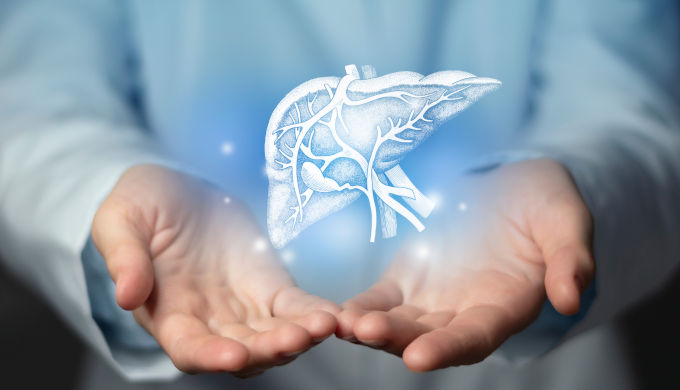Author: Eleanor McDermid
medwireNews: Three papers published in Nature have linked infection with adeno-associated virus 2 (AAV2) to the recent outbreak of acute severe hepatitis in children.
The studies collectively assessed samples from a total of 86 children with acute hepatitis, with a median age of 3 to 4 years, using metagenomic sequencing to detect viruses in blood, liver and other samples with no prior assumptions of which may be present.
This approach detected AAV2 DNA in 81–96% of samples, whereas human adenovirus (HAdV), which was previously proposed as a possible cause, was much less common.
Children recruited as controls included those with hepatitis of defined aetiology, with acute gastroenteritis and with HAdV infection but no hepatitis, as well as children with compromised immune systems and those who were in good health. The highest rate of AAV2 infection in these children was 35%, reported for blood samples from immunocompromised children; other control groups had much lower levels.
AAV2 is not associated with clinical disease, but further investigations by the three groups suggested the potential for it to be directly involved in these acute hepatitis cases, possibly in combination with other viruses.
In one paper, from the USA, Charles Chiu (University of California, San Francisco) and colleagues focused on patients who already had HAdV infection and found high rates of coinfection with Epstein-Barr virus, human herpesvirus 6 and/or enterovirus A71, leading them to suggest that this may contribute to the severity of hepatitis.
The other two studies are from the UK, and in one, Judith Breuer (University College London) and team analysed liver tissue from hepatitis patients who had required transplants and found no AAV2 protein or viral particles.
However, they found evidence for active AAV2 replication in these samples, with characteristics suggesting it could be mediated by HAdV and/or human herpesvirus 6B. Likewise, the authors of the other UK study identified AAV2 RNA in the nucleus and cytoplasm of “ballooned” hepatocytes, indicating these were sites of viral replication.
Emma Thomson (Medical Research Council-University of Glasgow Centre for Virus Research) and colleagues also identified the Human Leucocyte Antigen class II DRB1*04:01 allele in 93% of their hepatitis patients, suggesting an increased susceptibility to T-cell–mediated autoimmune diseases.
In line with this, both UK groups found increased numbers of immune cells, predominantly T cells, in liver samples from the hepatitis patients, and Breuer’s team identified increased activity of cytokines “consistent with an inflammatory process involving multiple pathways”.
In a linked commentary, Frank Tacke (Charité – Universitätsmedizin Berlin, Germany) cautions that, given the sample sizes and limited knowledge of potentially important confounding variables, further research is “essential to exclude the possibility that AAV2 is a harmless bystander.”
And he notes the need for detailed analysis of these cases to understand the mechanisms of disease, stressing that the “distinction between immune-mediated and hepatotoxic effects is highly relevant, because it will dictate whether this disease should be managed through immunosuppression or directed antiviral drugs.”
Tacke also highlights the “striking” timing of these events in relation to the COVID-19 pandemic. He says that one possible explanation for this could be the direct involvement of SARS-CoV-2 proteins as “‘superantigens’, triggering a powerful immune response to HAdV-F41 or AAV2 in a host whose immune system has been sensitized.”
Another explanation could be “that children were suddenly exposed to a barrage of viruses after lockdowns, or had poorly trained immune systems that led to an increased susceptibility to otherwise harmless viruses”, says Tacke.
News stories are provided by medwireNews, which is an independent medical news service provided by Springer Healthcare Ltd. © 2023 Springer Healthcare Ltd, part of the Springer Nature Group
This independent news story was supported by an educational grant from L’Institut Servier, Suresnes, France.
Nature 2023; doi:10.1038/s41586-023-05949-1
Nature 2023; doi:10.1038/s41586-023-05948-2
Nature 2023; doi:10.1038/s41586-023-06003-w
Nature 2023; doi:10.1038/d41586-023-00570-8
Image Credits: © mi-viri / Getty Images / iStock



